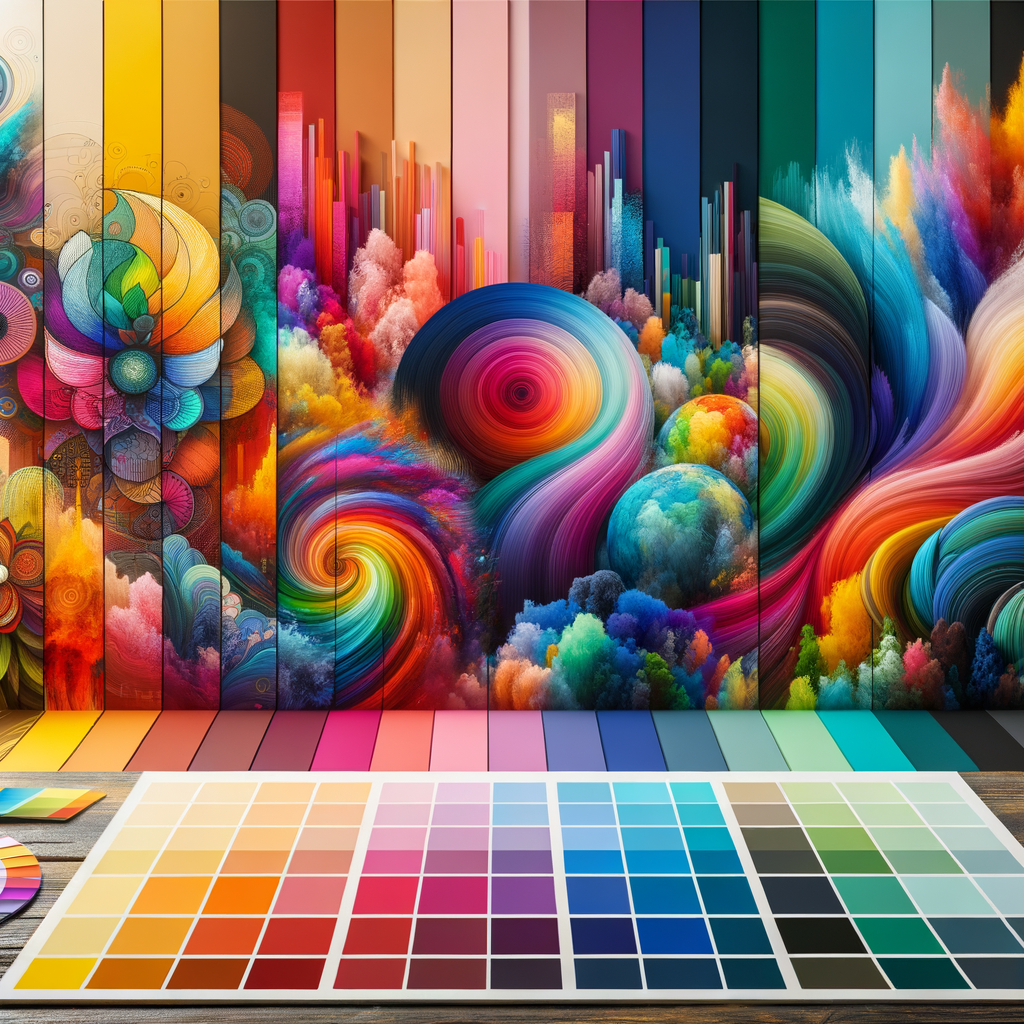
Color is one of the most powerful elements in digital art, capable of conveying emotions, setting a mood, and drawing viewers in. For aspiring artists, mastering color can seem like a daunting task, but with the right techniques and knowledge, anyone can create stunning palettes that enhance their work. This article will provide you with essential tips and insights to help you understand color theory, select the right colors for your projects, and create harmonious color combinations that will make your art pop. Join us as we explore the fascinating world of color in digital art and learn how to elevate your artistic practice through effective color use.
Understanding the basics of color theory is fundamental for any artist. Color is not just about choosing what looks nice; it's about understanding how colors interact with each other and the feelings they evoke. Let’s start with the primary colors: red, blue, and yellow. These colors cannot be created by mixing other colors and serve as the foundation for creating a wide range of other colors.
When mixing colors, you’ll get secondary colors such as green, orange, and purple. These are formed by combining two primary colors. There are also tertiary colors, which are made by mixing primary and secondary colors. A strong grasp of this hierarchy will allow you to create a more profound range of hues.
Next, let’s talk about color harmony. Color harmony refers to a combination of colors that is pleasing to the eye. There are several methods to achieve this:
- Complementary colors: These are colors that are directly opposite each other on the color wheel. For example, red and green or blue and orange. Using complementary colors can create a vibrant look.
- Analogous colors: These colors are next to each other on the color wheel. They usually match well and create serene and comfortable designs.
- Triadic colors: This scheme uses three colors that are evenly spaced around the color wheel. For example, red, yellow, and blue create a vibrant contrast while still being balanced.
Mastering color palettes involves not only understanding color theory but also learning how to apply these concepts in practice. Consider using color palette tools available online that allow you to experiment with different combinations. Websites like Adobe Color and Coolors.co can help you generate fresh ideas and discover new color schemes.
When creating your own color palette, think about the mood you want to convey. Warm colors (reds, yellows, oranges) generally evoke feelings of warmth and excitement, whereas cool colors (blues, greens, purples) can create a calm and serene vibe. Understanding these emotional triggers can greatly enhance the impact of your artwork.
Additionally, consider the context in which your artwork will be displayed. Colors can look different depending on the medium of presentation. Keep in mind the lighting effects and the surroundings that might influence how those colors will be perceived.
In the digital realm, there are also methods to optimize your color choices for final output. When preparing images for web usage, remember to keep in mind color modes like RGB for screens and CMYK for print. The difference between these modes can significantly affect how colors appear in finished products.
When in doubt, look at the works of artists you admire. Analyze their color choices, how they blend colors, and the emotional response their palettes evoke. This practice not only enhances your understanding of color but can also inspire you to experiment and develop your own unique style.
Finally, don’t shy away from experimenting! Art is about exploration, and sometimes the most unexpected color combinations may lead to striking results. Embrace trial and error as part of your artistic journey.
In conclusion, mastering color in digital art is a skill that can be cultivated with practice and discipline. As you continue to explore and understand color theory, experiment with your palettes, and seek inspiration, you’ll find your ability to create stunning works of art will flourish. Happy creating!

